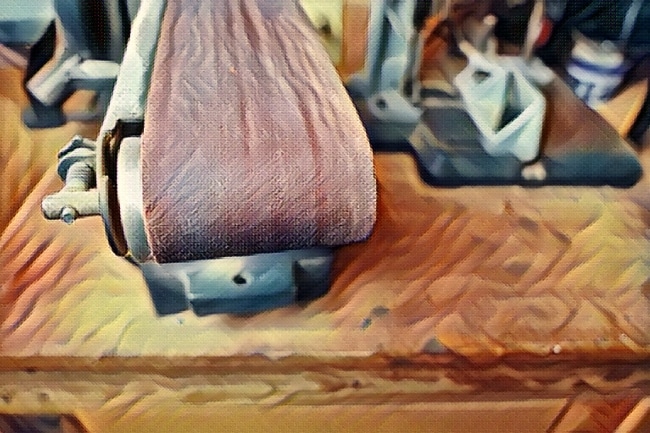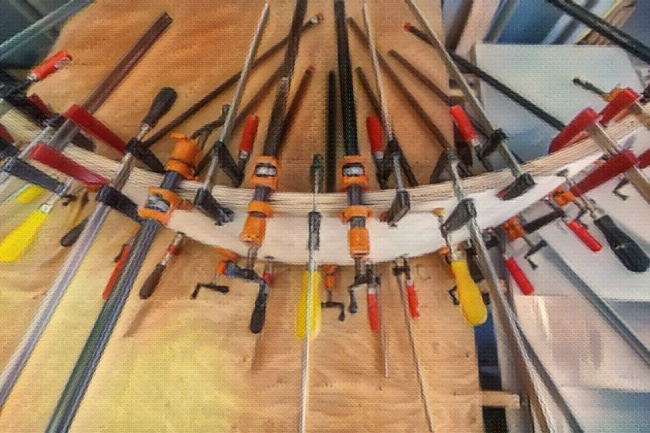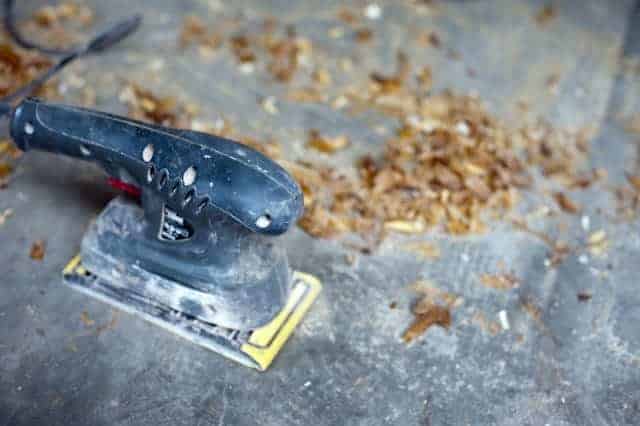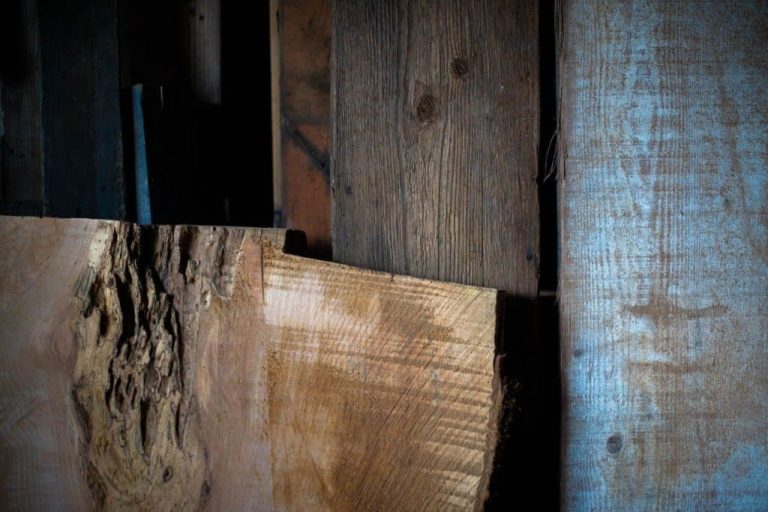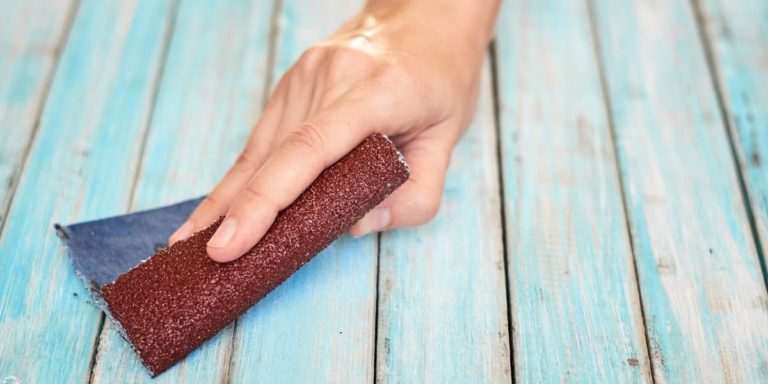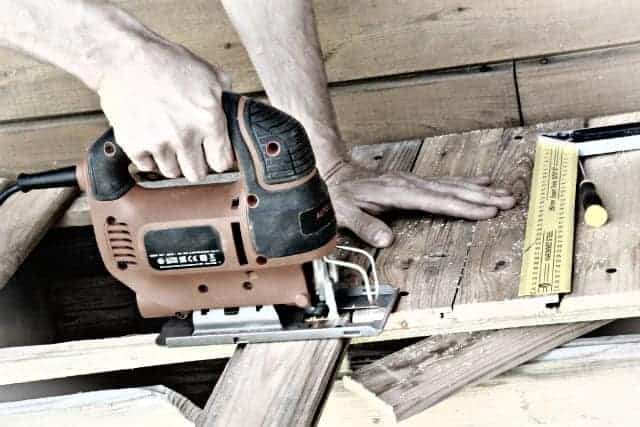Tool Tips: What is a Benchtop Belt Sander Used for?
This post includes affiliate links. If you decide to make a purchase through my link, I might get a small commission for it at no additional cost to you. Thank you for supporting Upcycle This DIY That!
With so many types of sanders available, it is easy to get overwhelmed and confused. You may ask why I need another sander, but there is a sander for every purpose and any job at hand.
And once you have a benchtop belt sander, you’ll wonder how did you manage without it.
So for those of you who don’t know anything about this type of sander, let me explain what is a benchtop belt sander used for in this quick guide.
YOU MAY ALSO BE INTERESTED IN:
Wood Sanding Tips for Upcycling and Pallet Projects
Best Sander for Pallets
Best Finishing Sander-Buying Guide And Sanders Reviews
Best Sander to Remove Paint
Best Random Orbital Sander – Buying Guide And Sander Reviews
Best Benchtop Belt Sander Models- Reviews And Buying Guide

What is a benchtop belt sander used for?
A benchtop belt sander is a stationary tool that sands wood or metal using a long, rectangular belt that runs over two pulleys. It’s often used to smooth out rough surfaces and remove mill marks and true miters.
Benchtop belt sanders come in a variety of sizes and features. From smaller models with narrower sanding belts that are great for smaller jobs like making knives and sanding convex curves to larger models that are perfect for large flat surfaces and edges, there is a benchtop belt sander to fit every need. They often come with a disc sander as well.
A benchtop belt sander can quickly remove material and create a smooth surface when used with the correct grit sandpaper. Or true miters and smooth out curved cuts. They’re a good alternative to planners if you have limited space or budget.
The key to getting the most out of a benchtop belt sander is using the right grit sandpaper for the job. Start with coarse grit and work your way up to finer grit as needed.
Be careful not to use too much pressure when sanding, or you can damage the surface you’re working on.
Using coarse grit with a benchtop belt sander will allow you to remove the material fast, and then you can use finer grit to smooth the surface. This comes in handy if you have a bandsaw or jigsaw cut that needs to be corrected.
So, whether you’re looking to smooth out a rough surface, true a miter, or curved cuts in wood or metal, a benchtop belt sander is the perfect tool for the job.
With the right grit sandpaper and a little bit of patience, you can achieve amazing results.
If you’re looking for a perfect benchtop belt sander, then check out my article on the best benchtop belt sander models that compares a variety of models for every task and budget.
I hope this article sheds some light on what a benchtop belt sander is used for. If you have any questions or comments, please post a message below. I’d love to hear from you. Thanks for reading!

Subscribe To My FREE DIY Newsletter!
Stay in touch and receive things like updates, special offers, new projects, tips, gear reviews, and more. No spam, promise!
By entering your email address, you agree to get an email newsletter from UpcycleThisDIYThat. I’ll respect your privacy, and you can unsubscribe at any time. For more details, review our Privacy Policy.

